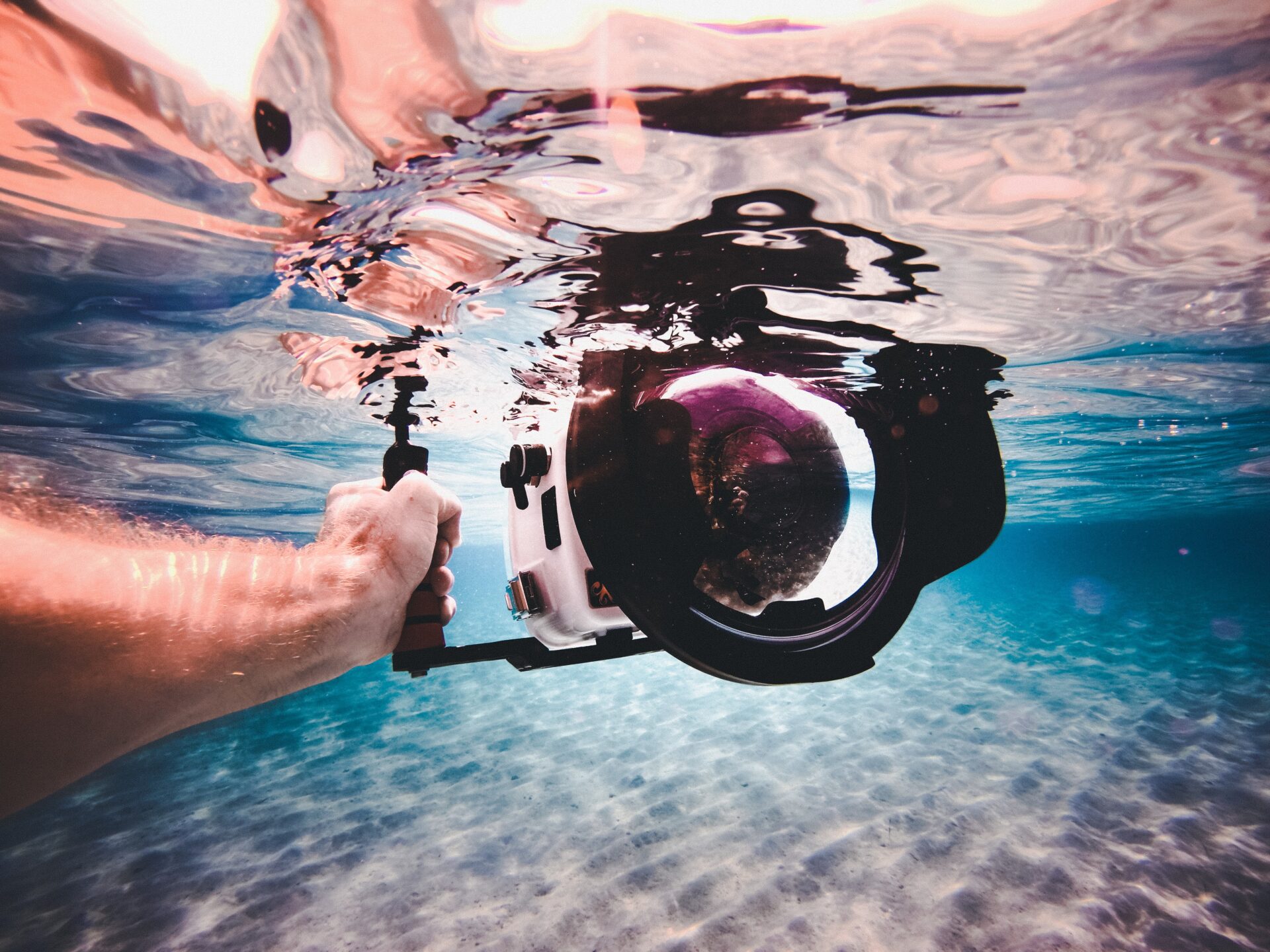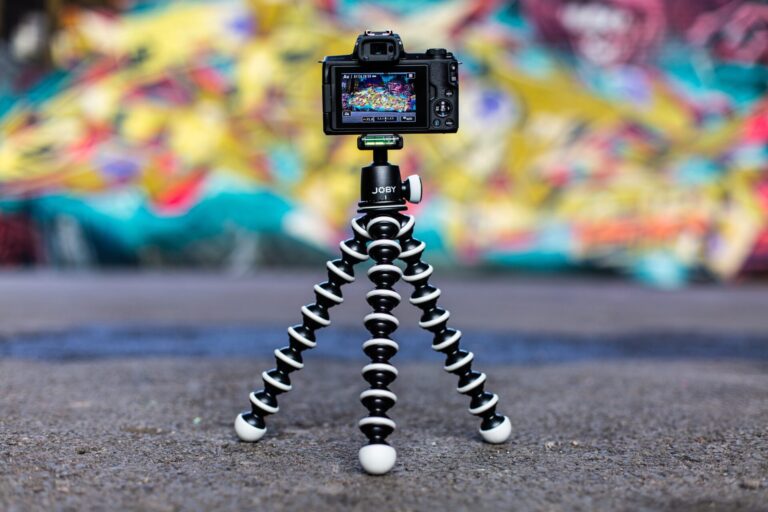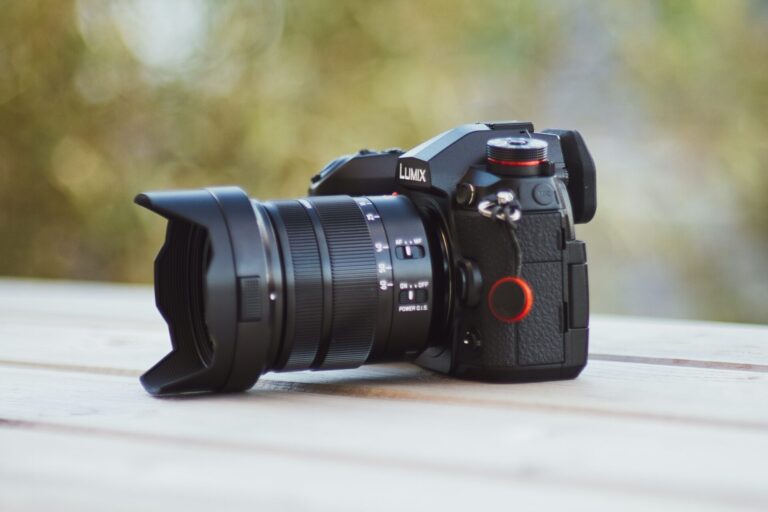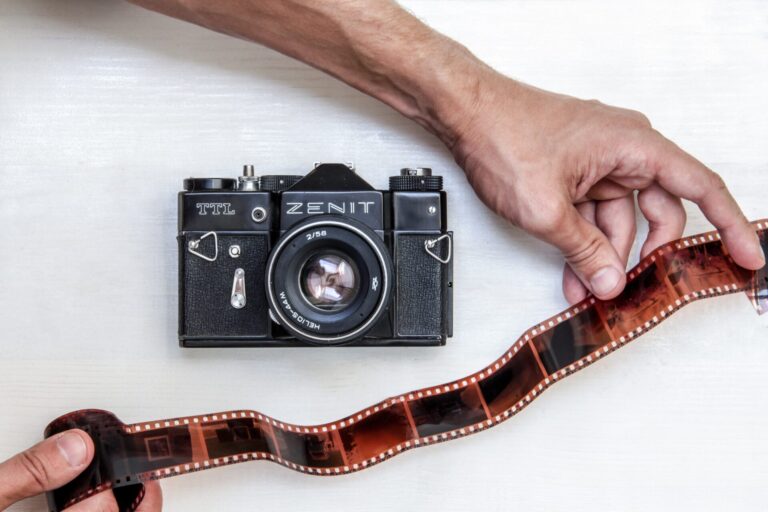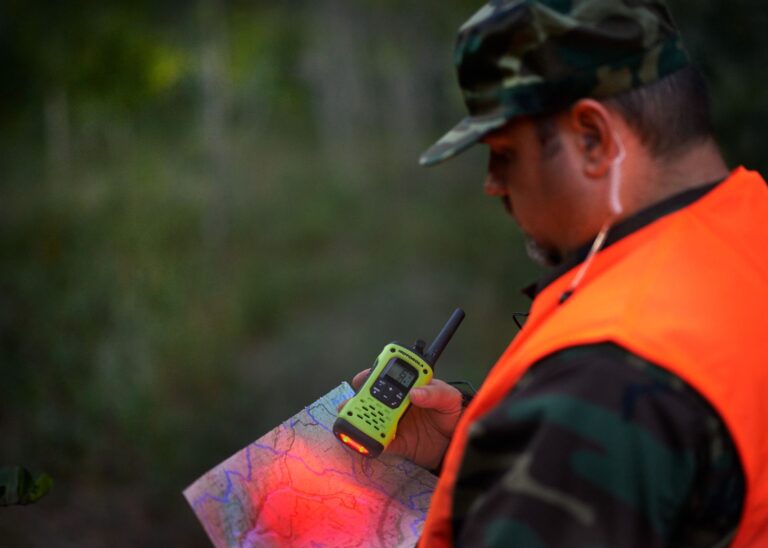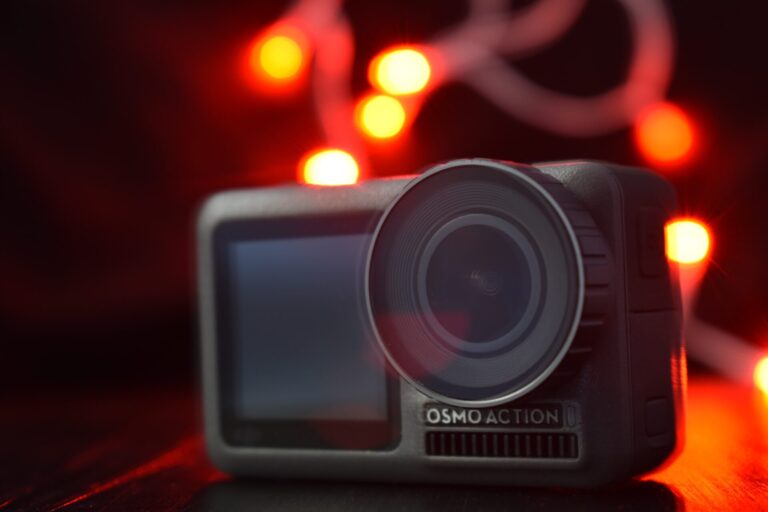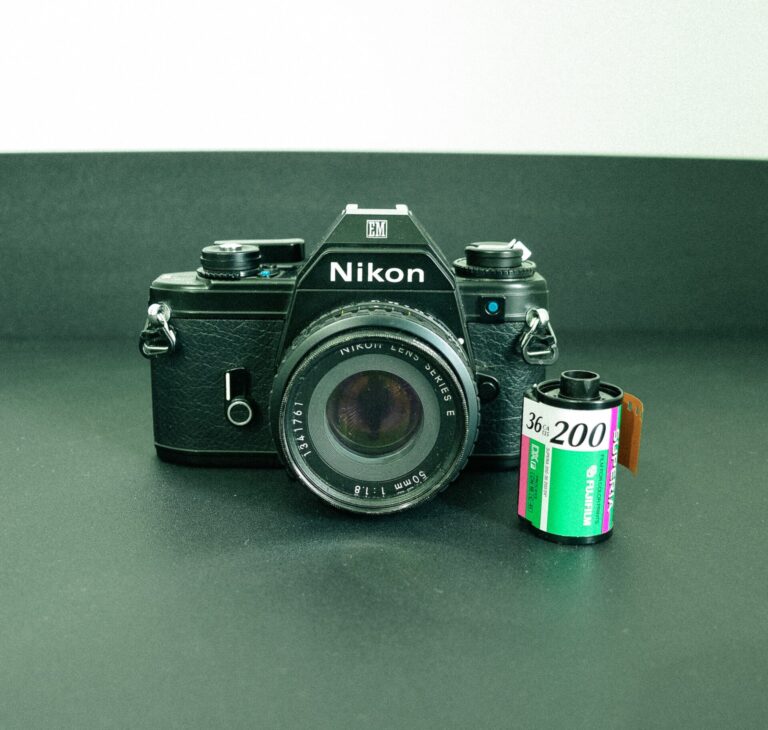The Ultimate Guide to Choosing the Best Underwater Camera Case
Underwater photography is a popular hobby that offers a unique perspective on the world beneath the surface of the water. For those who want to capture stunning images, an underwater camera case is an essential piece of equipment. An underwater camera case, also known as an underwater housing, is a protective enclosure that keeps your camera safe and dry while diving or snorkeling. With the right underwater camera case, you can confidently capture memories underwater without worrying about the safety of your camera.
In this article, we will explore the importance of using an underwater camera case, how they work, and the different types of underwater camera cases available. We will also discuss the key factors to consider when choosing the right underwater camera case for your needs, including durability, waterproofing, and accessibility to camera controls.
Page Contents
Why do people use underwater camera cases?
Underwater photography has become increasingly popular in recent years, with more and more people looking to capture unique and stunning images beneath the surface of the water. For those using the Sony A7IV, an underwater camera case is an essential piece of equipment to ensure the safety of their device while capturing memories under the water.
An underwater camera case, also known as an underwater housing, is a protective enclosure specifically designed to keep the camera dry and safe while diving or snorkeling. The case is sealed and waterproof, allowing the camera to be used in the water without fear of damage from water, sand, or other elements. The housing provides full access to the camera controls and buttons, making it easy to adjust settings and take photos underwater.
It’s important to protect your camera underwater to prevent damage from the elements, such as saltwater and sand, as well as from sudden changes in pressure. A quality underwater camera case can provide a secure and protective environment for your camera, allowing you to confidently capture stunning underwater images without worrying about the safety of your camera. Whether you’re a seasoned underwater photographer or just starting out, an underwater housing is a must-have for capturing memories under the water.
How do underwater camera housings work?
Underwater camera housings are designed to protect your camera from the elements while allowing you to capture stunning underwater images. The basic principle behind these housings is simple: they provide a waterproof and sealed environment for your camera, keeping it dry and protected from water, sand, and other elements.
When using an underwater camera housing, your DSLR camera is placed inside the case and all controls and buttons are accessible through the case’s exterior. The case is then sealed and secured, creating a waterproof environment for your camera. Some cases also feature adjustable ports for lenses and strobes, allowing you to change your camera’s setup while underwater.
One of the reasons why an underwater camera housing may not be compatible with other camera brands or models is due to differences in the physical dimensions and controls of each camera. Each housing is specifically designed to fit a particular camera model and may not accommodate other brands or models. In addition, some camera models may have unique features or controls that require specific accommodations in the housing design. For these reasons, it’s important to choose an underwater camera housing that is specifically designed for your camera to ensure a secure and protective fit.


Does the length of my lens impact my underwater camera housing?
The length of your lens can have a significant impact on your underwater camera housing. Underwater camera housings are designed to accommodate different lens lengths, and choosing the right housing for your lens is essential to ensure that your camera is protected and can be used effectively underwater. When purchasing an underwater camera housing, it is important to consider the length of your lens and ensure that the housing you choose is compatible with it.
Underwater camera housings work by providing a sealed environment that protects your camera from water, pressure, and other underwater elements. The housing also allows you to access the camera controls and buttons, so you can adjust settings and take photos underwater. However, not all underwater camera housings are compatible with zoom lenses, so it is important to check the specifications of your housing and lens before making a purchase.
When it comes to underwater photography, wide-angle lenses are typically preferred over zoom lenses because they provide a wider field of view and help to capture more of the underwater environment. Wide-angle lenses also help to reduce the amount of water between the lens and the subject, resulting in clearer images. The ideal focal length for underwater photography can vary based on the type of photography you plan to do, but a focal length of 8-10mm is a good starting point for most underwater photographers.
Underwater camera housings can be expensive due to the materials and manufacturing processes required to produce them. High-quality underwater camera housings are typically made from durable materials and are designed to provide reliable protection and functionality underwater.
What are the different types of underwater camera cases?
When it comes to underwater camera cases, there are several different types to choose from, each offering its own unique set of features and benefits. Understanding the different options available can help you make an informed decision when selecting an underwater camera case for your camera.
The first type of underwater housing is the polycarbonate case. This type of case is known for its durability and affordability, making it a popular choice for beginner and amateur underwater photographers. Polycarbonate cases offer basic protection for your DSLR Camera and are typically rated for depths up to 30 meters. However, they may not be as sturdy or have as many features as more expensive models.
Another popular option is the aluminum alloy case. These cases are made from high-quality materials and offer a higher level of protection. They are also equipped with a variety of features, such as adjustable ports for lenses and strobes, and are designed to be used at greater depths. Aluminum alloy cases are a popular choice for professional underwater photographers and are typically rated for depths up to 60 meters.
A third type of underwater camera case is the composite case. These cases are made from a combination of materials, including polycarbonate and aluminum, and offer a balance of affordability and durability. Composite cases often feature a wide range of features and are rated for depths up to 50 meters. They are a popular choice for intermediate photographers looking for a case that offers a good balance of features and protection.
What is an excellent underwater camera case?
When looking for an underwater camera case for your, there are several key factors to consider, such as durability, waterproofing, and accessibility to camera controls. A good underwater housing should provide a secure and protective environment while allowing you to easily take photos and adjust settings underwater.
There are several well-known brands that produce high-quality underwater camera cases, each offering unique features and benefits. In this list, we will explore some of the most popular brands, including Ikelite, Nauticam, Sea & Sea, Aquatica, and Fantasea Line, and highlight what sets each brand apart.
- Ikelite – Ikelite is an American company that specializes in the manufacture of underwater photography equipment, including camera cases. Their cases are known for their durability, affordability, and compatibility with a wide range of cameras.
- Nauticam – Nauticam is a Hong Kong-based company that produces high-end underwater camera cases. Their cases are known for their professional-grade build quality, ergonomic design, and innovative features, such as interchangeable ports and vacuum systems.
- Sea & Sea – Sea & Sea is a Japanese company that has been producing underwater camera equipment since the 1960s. They offer a wide range of underwater housing, including compact and mirrorless camera cases, as well as professional-grade cases for larger SLR cameras.
- Aquatica – Aquatica is a Canadian company that specializes in the production of underwater camera cases. Their cases are known for their rugged construction, ease of use, and compatibility with a variety of cameras and lenses.
- Fantasea Line – Fantasea Line is an Israeli company that produces a range of underwater camera cases and accessories. They offer affordable and compact cases for compact and mirrorless cameras, as well as more advanced cases for professional-grade cameras.

